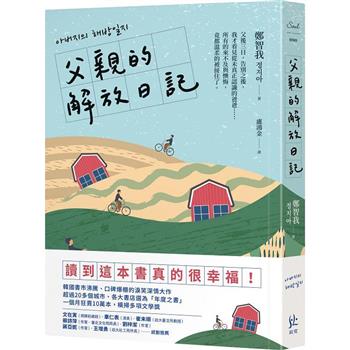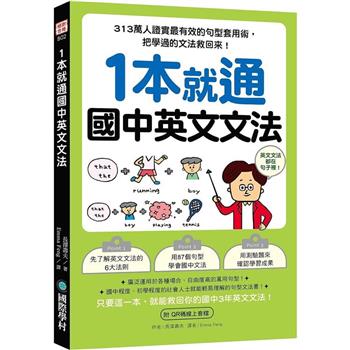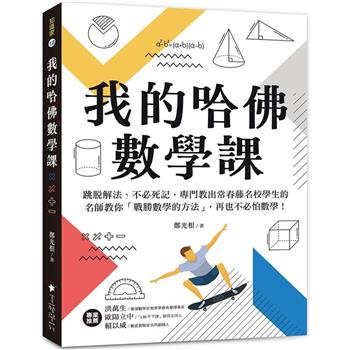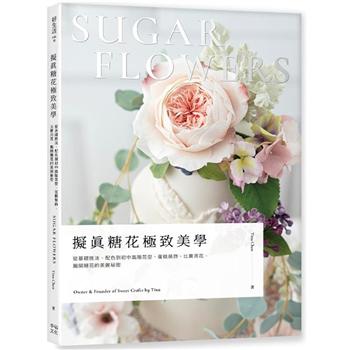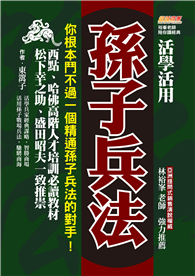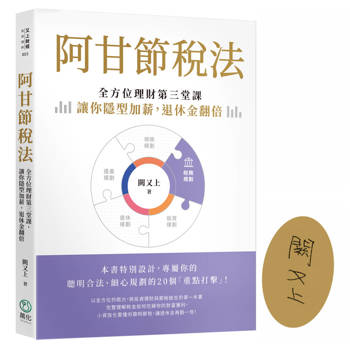| FindBook |
|
有 39 項符合
徐宗懋圖文館的圖書,這是第 4 頁 |
 |
$ 2660 電子書 | 辛亥革命現場報導──西洋畫刊新聞文獻選集(PAD版)
作者:徐宗懋圖文館◎編/徐家寧◎文 出版社:大塊 出版日期:2011-10-01 |
 |
$ 2660 電子書 | 中國史畫100幅── 《倫敦新聞畫報》1854~1912(上)(PAD版)
作者:徐宗懋圖文館◎編/徐家寧◎文 出版社:大塊 出版日期:2011-10-01 |
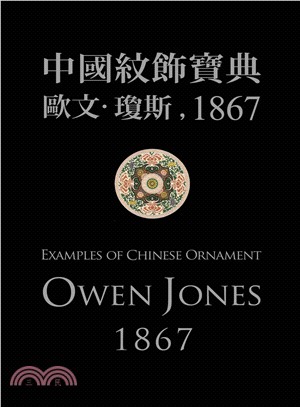 |
$ 18000 | 中國紋飾寶典:歐文.瓊斯1867
作者:徐宗懋圖文館 編 出版社:新世語文化 規格:45*31.2*4.3cm  看圖書介紹 看圖書介紹
|
|
|
- 圖書簡介
《中國紋飾寶典》一書,為英國十九世紀的建築師與設計師歐文‧瓊斯(Owen Jones)彙編的作品,以中國的裝飾圖案為主角,一共收錄了當時收藏在英國南肯新頓博物館(South Kensington Museum)與英國其他收藏中的中國器物裝飾圖案。南肯新頓博物館為因應1851年的英國水晶宮萬國博覽會而成立的博物館,以裝飾藝術與設計為其收藏主軸。1899年,為了紀念維多利亞女王及其夫婿亞伯特王子,更名為今日聞名世界的維多利亞與亞伯特博物館(Victoria and Albert Museum)。今日,這間博物館已成為世界最大的工藝美術博物館,藏品高達四百五十萬件。
歐文‧瓊斯生於倫敦,為多才多藝的建築師、設計師,及十九世紀最具影響力的設計理論大師,他的平面圖案和裝飾理論,至今仍在當代設計師中引起共鳴。瓊斯積極尋找能夠代表十九世紀的獨特造型,相信當時流行的新古典和哥德藝術,並不足以成為十九世紀的代言風格,因此轉向伊斯蘭世界尋求靈感。他在西班牙格拉納達的阿爾漢布拉宮(Alhambra)停留期間,仔細觀察研究伊斯蘭的裝飾,發展出以平面、幾何及抽象圖案構成的裝飾理論,1845年,他的研究成果,二大冊《阿爾漢布拉宮藍圖、地理位置、剖面與細節》(Plans, Elevations, Sections, and Details of the Alhambra)出版,該書亦為多彩石版印製技法開創新局。1851年,歐文‧瓊斯主導英國萬國博覽會的室內與展館設計裝潢,同時亦為南肯新頓博物館(今維多利亞與亞伯特博物館)的收藏顧問。這些設計經驗,奠下了他的重要著作《裝飾語法》(The Grammar of Ornament)的基礎。目前,維多利亞與亞伯特博物館持有世界上最多歐文‧瓊斯的作品,包括旅行速寫、裝飾書藉、壁紙和原始設計圖稿(地磚、織品、家具、金屬作品、室內裝潢和建築)。
《中國紋飾寶典》先以簡短文字介紹編號從一至一百的中國裝飾圖案,接著便是一百幅由多彩石版印製、鮮豔華麗的中國十九世紀裝飾圖案,每張皆可可獨立欣賞,以裝飾藝術的作品而言,本書可謂達成視覺與知性的雙重饗宴,今日已成收藏家列為稀有的藏品。書中收集多種從陶瓷、景泰藍、地毯等中國器物採集而來的裝飾性圖案,嚴謹的選圖與用字,凸顯出中國人特有的審美與裝飾風格。
Introduction
The book Examples of Chinese Ornament was written by 19th century architect and designer Owen Jones and was a book compiled by the images of Chinese ornament collections from South Kensington Museum and other museums of England. The museum South Kensington Museum originated from the Great Exhibition of 1851 and was renowned for its collections of decorative art and designs. In 1899, in honor of Queen Victoria and her husband, Prince Albert, the museum had its name changed to the Victoria and Albert Museum. Today, the museum boasts a collection of 4,5000 thousand pieces of works and is currently the largest museum in decorative artworks.
Born in London, Owen Jones was a talented architect and designer that held great sway over color and design theories in the 19th century. His theories on flat patterns and decorative art still retain influence and evoke resonation in contemporary designers of our time. Jones was eager to seek out a unique style that would be representative of the ethos of the nineteenth century. After ruling out Neoclassicism and the style of the Gothic Revival, Jones found inspiration in Islamic art. During his stay at Alhambra, Spain, Jones studied Islamic art intensively and with his findings, he managed to formulate new theories on flat patterns, geometric and abstract art. In 1845, his studies came into fruition with his book Plans, Elevations, Sections, and Details of the Alhambra and the book also became a touchstone of chromolithography. In 1851, Jones was commissioned to lead the interior designing of the exhibition chambers of the Great Exhibition while also serving as a collection consultant for the South Kensington Museum (today known as the Victoria and Albert Museum). These invaluable experiences in design served as the foundation of his magnum opus The Grammar of Ornament. Today, the South Kensington Museum holds the greatest number of works by Owen Jones among all the museums of the world, and the works that are displayed include travel sketches, books on decorative art, wallpaper design and design drafts (of tiles, textiles, furniture, metalwork, interior design and architecture).
Examples of Chinese Ornaments begins with short introductions of the Chinese ornament patterns labeled from one to one hundred in the book. What later follows is one hundred chromolithographs of the previously introduced patterns, and each pattern, brought to life with vibrant colors, can be viewed individually as a standalone piece of artwork. As a book that collects decorative arts, Examples of Chinese Ornaments is a true feast of both visual pleasure and sensibility and has become one of the rare books sought after by collectors. The book comprises ceramics, Cloisonné works, and carpet designs, all of which include Chinese ornamental designs, and the book itself has been compiled with prudence and dedication, choosing words and patterns that best reflect the characteristics of Chinese aesthetics.
|
